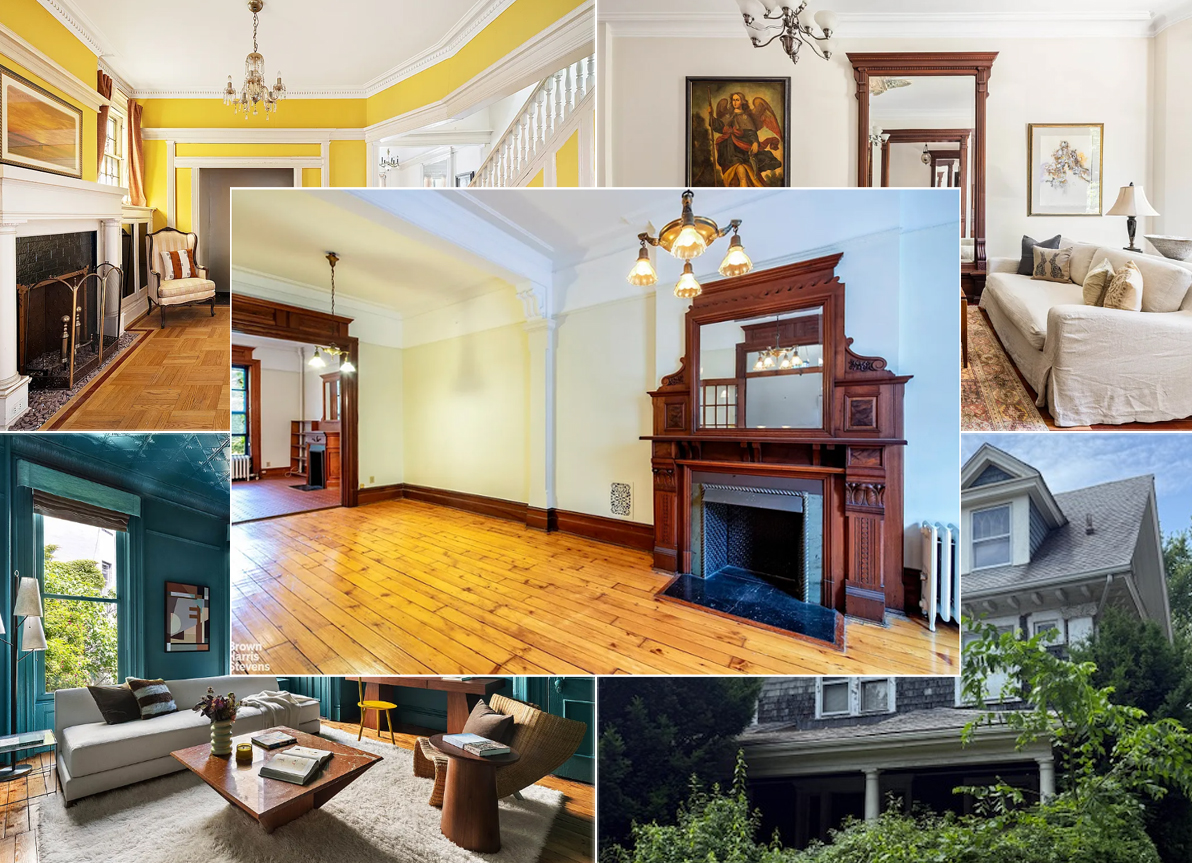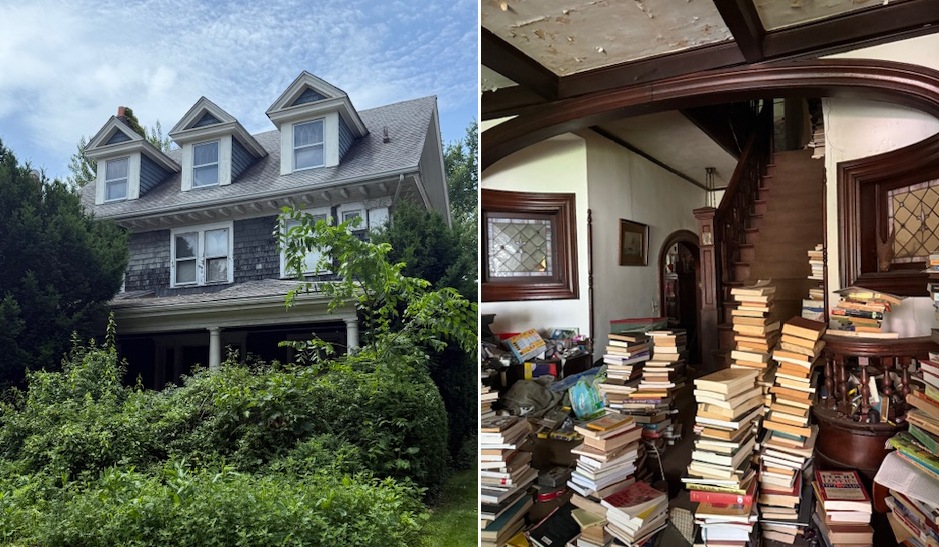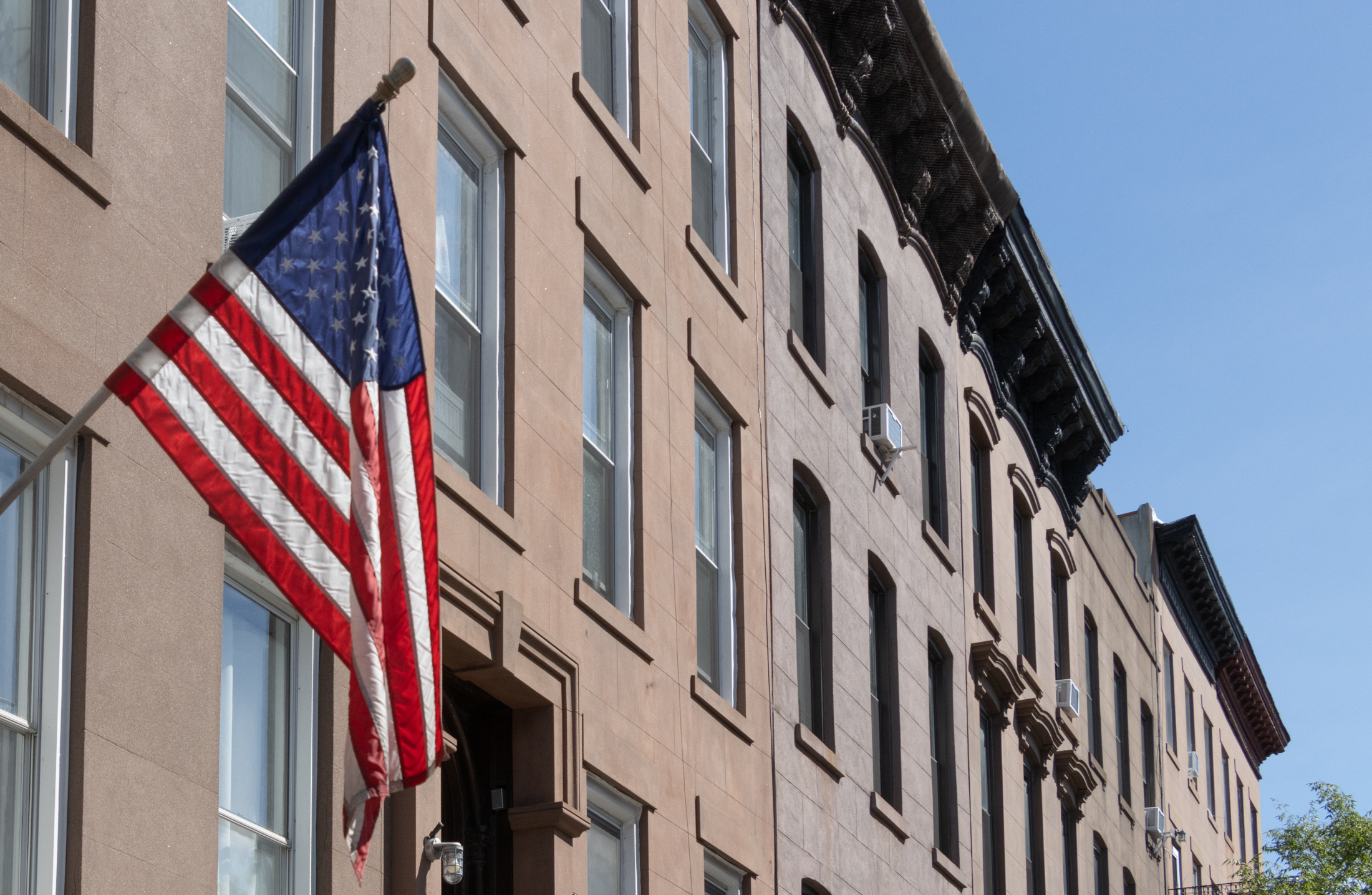Building of the Day: 148 Vernon Avenue
Brooklyn, one building at a time. Name: Originally 13th Precinct, then 56th Precinct, then Traffic Precinct, now housing Address: 148 Vernon Avenue Cross Streets: Corner of Tompkins Avenue Neighborhood: Bedford Stuyvesant Year Built: 1889-1890 Architectural Style: Romanesque Revival Architect: George Ingram Other Work by Architect: 4th (now 88th) Precinct, Clinton Hill; old 18th Precinct, Sunset…

Brooklyn, one building at a time.
Name: Originally 13th Precinct, then 56th Precinct, then Traffic Precinct, now housing
Address: 148 Vernon Avenue
Cross Streets: Corner of Tompkins Avenue
Neighborhood: Bedford Stuyvesant
Year Built: 1889-1890
Architectural Style: Romanesque Revival
Architect: George Ingram
Other Work by Architect: 4th (now 88th) Precinct, Clinton Hill; old 18th Precinct, Sunset Park; old 17th Precinct, East New York; old 22nd Precinct, Crown Heights, as well as others.
Landmarked: No
The story: On June 14th, 1889, a big chunk of the ceiling of the dormitory room of the 13th Precinct building fell down on top of Sergeant Richard B. G. Smith, who was sleeping at the time. He suffered contusions and scrapes about the face and head, but was not seriously hurt. He was sent home, and the incident was chalked up as yet another complaint Brooklyn’s police had about the safety of their old precinct house. (What a lawsuit he would have had today!)
The old and crumbling 13th Precinct was located at Flushing Avenue at Whipple Street, which is about a block away from where Woodhull Hospital now stands, in East Williamsburg. This precinct covered part of the Eastern District, now encompassed by northeastern Bed Stuy, and parts of Williamsburg and Bushwick. Apparently the collapsed ceiling did it, and in 1889, the city finally allocated funds for a new building, which was to be built on the corner of Vernon and Tompkins Avenues.
If you think this building looks familiar, that’s because it is almost identical to the 88th Precinct building on the corner of DeKalb and Classon Avenues, in Clinton Hill. They were both built at the same time, opened at the same time, and were designed by the same man, George Ingram.
Ingram was in the right place at the right time. He had just quit working in the Department of Public Works for the city of Brooklyn, when the announcement of new precinct buildings was made. As an architect, now in a newly minted private practice, he got himself the contract, and in the space of several years designed six or seven new precincts for the city.
Precinct buildings during the 1880s and ‘90s were designed to be impressively militaristic and fortress-like, like small castles guarding the valley against the marauding barbarians. The barbarians in this case were the immigrants, blacks and other racial minorities, and generally lower class miscreants of all kinds, male and female, who drank, robbed, and stole, beat up and killed mostly their own, but occasionally their betters. A rapidly growing city needed greater and expanded policing, so these new buildings were necessary. Ingram gave them the perfect designs, while also designing more spacious stationhouses, and expanded stables and cell blocks.
The 13th Precinct wasn’t even ten years old when Brooklyn became part of greater New York City, and the police forces were centralized in Manhattan. All of the old Brooklyn precinct numbers changed. There was already a 13th Precinct in Manhattan, so in 1998, it became the 58th. In 1908, the numbers changed again, and it became the 158th Precinct, and again in 1918, it changed again, becoming the 98th Precinct. By 1922, the precincts had once again reshuffled, and this precinct was decommissioned. The building became Traffic Precinct F, which handled traffic complaints and housed traffic officers and other related issues. Even by 1922, cars were a problem in a growing city.
Eventually, traffic precincts went the way of the dodo, and the city was stuck with a large unused building now in a lower income neighborhood. They sold it to the Seventh Day Adventist Church in 1985, who converted the building into residences for mentally challenged adults, under the name “Services for the Underserved.” From documentation, the facility seems to be a group home, with a central dining room and kitchen, as well as other community rooms. The building was originally red brick, like its twin, the 88th Precinct, which is still in use. The building structure is intact, with the stationhouse, cell block and stables stretching along Vernon Avenue. I’m glad it’s still here, even though it’s now painted an unfortunate mauvey grey, something that only happened in the last couple of years. GMAP










What's Your Take? Leave a Comment